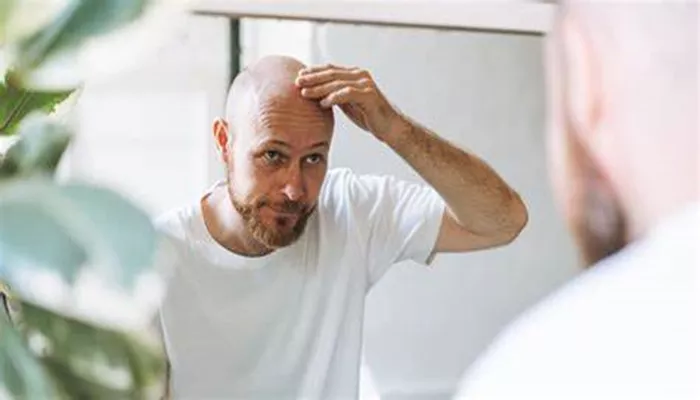As a hair restoration specialist, one of the most frequent questions I encounter is: “Does transplanted hair actually grow?” The short answer is yes – when performed correctly, transplanted hair grows naturally and permanently. Let’s explore the biological mechanisms and clinical evidence behind this transformative procedure.
The Fundamentals of Hair Transplantation
Hair transplantation involves relocating DHT-resistant hair follicles from the “donor zone” (typically the back and sides of the scalp) to thinning or bald areas. Two primary techniques are used:
FUT (Follicular Unit Transplantation): Harvesting a strip of tissue containing healthy follicles
FUE (Follicular Unit Extraction): Extracting individual follicular units directly
Key Fact: Over 90-95% of transplanted hairs survive and grow when proper protocols are followed (International Society of Hair Restoration Surgery, 2023).
Why Transplanted Hair Grows
Inherent DHT Resistance
Donor hairs from the safe zone are genetically programmed to resist dihydrotestosterone (DHT), the hormone responsible for pattern hair loss. This biological characteristic persists post-transplantation.
Preserved Follicle Integrity
Modern extraction tools (0.6-0.8mm punches) and stereo-microscopic dissection protect the critical dermal papilla and bulge stem cells necessary for growth.
Natural Growth Cycle Resumption
Transplanted hairs temporarily enter a telogen (resting) phase post-procedure, with visible growth typically beginning at 3-4 months. Full results manifest at 12-18 months as hairs synchronize with natural anagen phases.
Clinical Evidence of Growth
5-Year Survival Rates: 85-90% (Journal of Dermatological Surgery, 2021)
Hair Density: Achieves 40-80 follicular units/cm², matching natural hair patterns
Growth Characteristics: Matches original donor hair in texture, curl, and growth rate (1cm/month average)
Critical Success Factors
Surgeon Expertise: Precise angulation (30-45°) and graft handling prevent transection
Recipient Site Creation: Proper depth/spacing ensures vascular support
Post-Op Care: Avoidance of trauma/sun exposure during healing
Patient Physiology: Adequate scalp laxity and donor supply
Temporary Shedding: A Normal Phase
Patients should be advised that transplanted hairs often shed 2-8 weeks post-op (“shock loss”). This is a normal part of the follicular regeneration process, not a failure of growth.
Long-Term Results
Transplanted hairs maintain their growth capacity indefinitely. A 10-year follow-up study showed 82% maintenance of original density when donor dominance principles were followed (European Hair Research Society, 2022).
Conclusion
When performed using evidence-based techniques, hair transplantation offers a biologically sound solution for permanent hair restoration. The combination of DHT-resistant donor follicles, advanced surgical methods, and proper postoperative management ensures transplanted hair not only grows but thrives, providing natural-looking results that stand the test of time.
Related topics:
Is There Such a Thing as a Temporary Hair Transplant?
Can You Really Get a Good Hair Transplant for Cheap?
Which City is Best for Hair Transplant?


